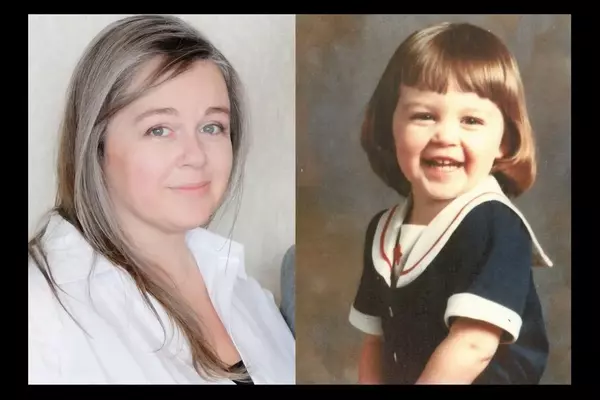
Steven Soderbergh is no stranger to the remake. After the triumphant success of Ocean’s Eleven – his stylish reworking of a 60s Rat Pack comedy that set a new gold standard for the modern heist movie – the world eagerly awaited the director’s follow-up; yet another remake of an already iconic film, this time a sci-fi classic by a legendary Russian film-maker.
But a year later, when Solaris finally seeped its way into theatres, audiences were greeted with a sombre romantic drama instead of the next 2001. Despite positive reviews, the film fizzled at the box office and quickly faded out of the public consciousness; its contents too esoteric to attract casual viewers, and too deviant from the source material to satiate worshippers of the original film.
Based on Stanisław Lem’s 1961 novel of the same name, Solaris follows widowed psychologist Dr Chris Kelvin (George Clooney) as he’s summoned to investigate a bizarre disturbance onboard a space station orbiting a far-flung alien planet. When he finally reaches the vessel, however, he’s shocked to encounter a lifelike apparition of his dead wife, Rheya (Natascha McElhone), an unknown cosmic entity providing him a second chance to come to terms with his failed relationship and his now revived former lover.
Andrei Tarkovsky first brought the story to the silver screen in 1972, a famed adaptation that is now considered one of the greatest science-fiction movies of all time. Clocking in just shy of three hours, it’s a film that demands great patience for an even greater reward; lingering scenes of scientists pondering and forcing audiences to grapple with complex themes of memory and reality.
Soderbergh’s version, however, is much more compact. By truncating its narrative beats down to a brisk 100 minutes, the film more closely resembles a rattling chamber drama at times than an interstellar thinkpiece. To call it barebones may seem like a criticism, but the newfound structure that Soderbergh imbues the film with – punctuating the onboard drama with frequent flashbacks that shed light on Chris and Rheya’s rocky marriage back on Earth – allows the romantic connection between its two leads to blossom, transforming a set of emotional ciphers into fully realised human beings.
To better understand Soderbergh’s modus operandi, one has to look no further than his infamous silent cut of Raiders of the Lost Ark. Stripped of all sound and colour and set to a melodically turbulent score, Soderbergh’s goal with this edit was to draw attention to Steven Spielberg’s unparalleled expertise in cinematic blocking and staging, which allowed him to tell entire stories through images alone. “Sounds like fun, right?” Soderbergh asks on his website. “It actually is. To me.”
With this context, Solaris becomes one of the key films in Soderbergh’s oeuvre that best exposes his true obsessions as a director. Whether it be shooting entire movies on iPhones, casting adult film stars and MMA fighters in lead roles, or simply reinventing the way entire productions are financed, Soderbergh has made his career out of seeking new methods to tell familiar stories; usually in the most efficient, economical and experimental ways possible. These interests burn most brightly in Solaris, which in the pursuit of a grander emotional truth between its two protagonists, opts to shed most of its science-fiction trappings; any genre presence primarily facilitating Rheya’s sudden appearance from the afterlife. Everything else is inconsequential.
A recurring image in the film revolves around Chris and Rheya’s first interaction as they sit silently across from one another on the subway. As Rheya studies her future spouse from afar, she curiously clasps a doorknob in her hands, angling its keyhole towards a mesmerised Chris. It’s a motif that, by the time the credits roll, is still a mystery; Soderbergh is less concerned with the meaning behind these vignettes than their emotional weight. As a colleague tells Chris onboard Solaris Station: “There are no answers, only choices.” Soderbergh may as well have uttered those words himself.
Solaris is available to watch on Disney+. For more recommendations of what to stream in Australia, click here







